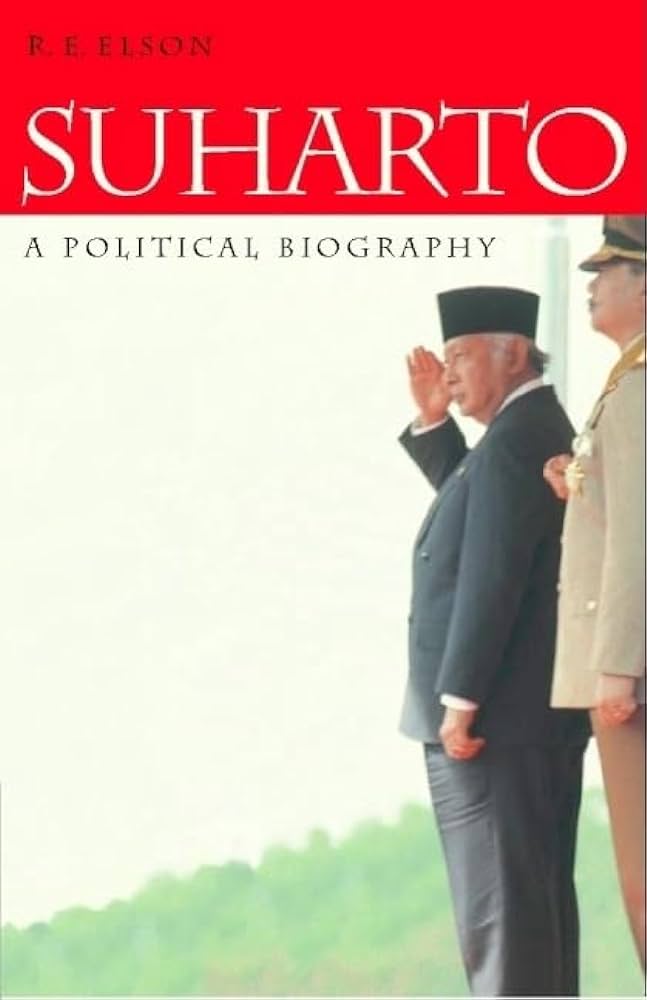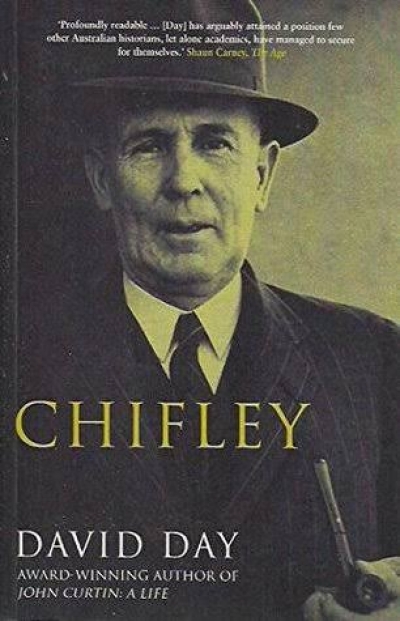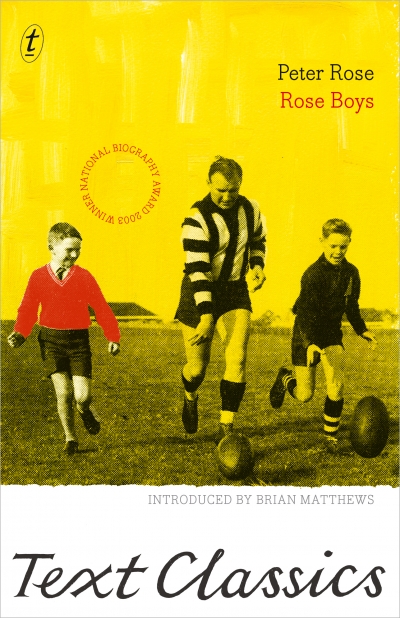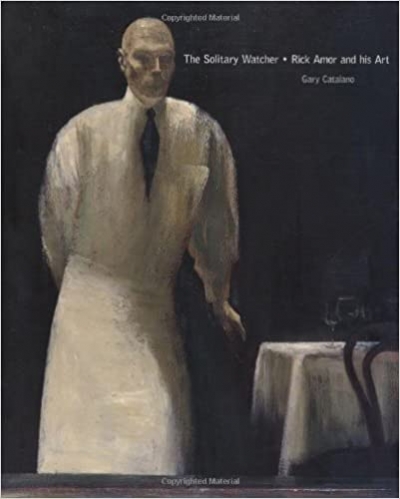Biography
Biography can be difficult to achieve. There is the balance between too much detail, where one can’t see the wood for the family trees, or not enough, which can be disappointing all round. One also bears in mind possible antipathy: Sigmund Freud, who famously began burning his personal papers at twenty-nine, was dismissive of future chroniclers: ‘As for biographers, I am already looking forward to seeing them go astray.’
... (read more)Repressive despot, or enlightened reformer? What are we to make of Suharto, four years after his fall? Was his prolonged rule an inevitable outcome of the Indonesian political process and of the mistakes and chaos of the Sukarno years? Or was it an illegitimate and corrupt militaristic venture, which has now been replaced by a genuine democratic political system, whatever its flaws and bloody dissensions? Is it too early to draw firm conclusions?
... (read more)Joseph Benedict Chifley enjoys a special place in the Australian pantheon – an icon of decencies almost extinct. Born in 1885, Chifley was raised in Bathurst, where he joined the NSW Railways in 1903. One of the youngest-ever first-class locomotive drivers at the age of twenty seven, Chifley was among those who struck for six weeks in 1917 against new management practices in the railways. They lost. He was demoted to fireman, and his union, the Federated Engine-drivers and Firemen’s Association of Australasia, deregistered. He was soon restored to engineman.
... (read more)By the time I arrived in Canberra in the late 1970s, Mungo MacCallum was already a legend in his own lunchtime, which, as he admits in this latest book, ‘frequently dragged on towards sunset’. He was famed for introducing a new style of political journalism into Australia: irreverent, opinionated, witty, at times scurrilous. He was impatient of cant, and punctured pomposity. These qualities are all apparent in Mungo: The Man Who Laughs. It is avowedly neither autobiography nor history. It is an odd hybrid, divided distinctly into two parts: a set of autobiographical sketches devoted to his early life, laced with politics and laughter; and a personalised chronicle of the age of Gough Whitlam.
... (read more)Australians have always played their sports hard. We who would have given a soft part of our anatomy to have worn the baggy green for Australia love a winner or a victorious team. Our sporting aristocracy has often been characterised by a gimlet-eyed, thin-lipped determination and ruthlessness: Don Bradman is the apotheosis of these champions.
... (read more)Cannabis and Cancer: Arthur’s Story by Pauline Reilly
This is a book about pain. In December 1999, Arthur Reilly was diagnosed with life-threatening cancer. The methods of relief offered to him, principally morphine, had drastic side-effects which undermined what pleasure he might have found in living. For four months, he lost weight and showed little interest in his usual activities. He became depressed and contemplated suicide.
... (read more)A Wealth of Women by Alison Alexander & Eating the Underworld by Doris Brett
The Monkey and the Dragon: A True Story about Friendship, Music, Politics and Life on the Edge by Linda Jaivin
How seriously do we take an author who, in her mid-forties, writes about ‘street cred’, calls a department store ‘humungous’ and, discussing Deng Xiaoping’s reforms, asks: ‘Bourgeois decadence? Hel-lo.’? Linda Jaivin studied one of the world’s most difficult languages in Taiwan, Hong Kong and the People’s Republic of China, and, as a scholar and journalist, published perceptive analyses of China. Then she turned to fiction and biography.
... (read more)In February 1974, Robert Rose, a twenty-two-year-old Australian Rules footballer and Victorian state cricketer, was involved in a car accident that left him quadriplegic for the remaining twenty-five years of his life. The tragedy received extensive press coverage and struck a chord with many in and beyond the Melbourne sporting community ...
... (read more)The Solitary Watcher: Rick Amor and his art by Gary Catalano
This is one of the most satisfying and fascinating monographs on an Australian artist that I have read. Only Franz Philipp’s monograph on Arthur Boyd can be compared to it, and for quite other reasons. Catalano, lucidly and meticulously, unravels the complex physical and intellectual life of Rick Amor from the time of his boyhood. He discloses how Amor’s paintings depend on his ability to make his past the vehicle and inspiration of his creative achievements. It is a reflexive art embodying the omnipresent power of a memory touched with a redolent melancholy. His past is revealed as a strange presence that is not to be found in the work, in my experience, of any other Australian artist.
... (read more)











